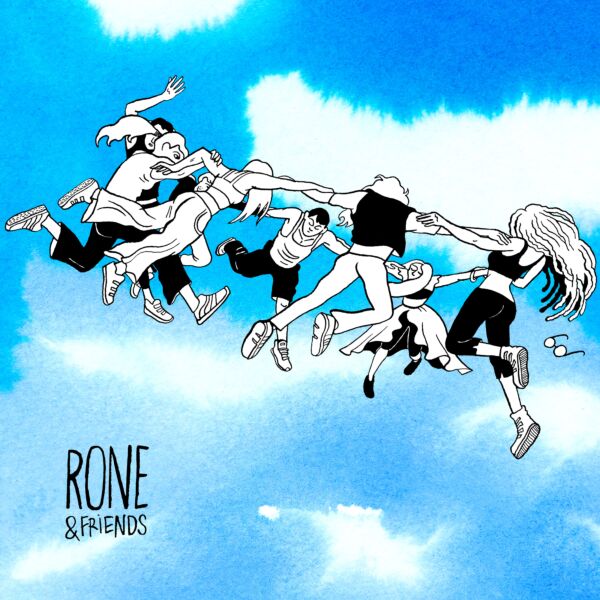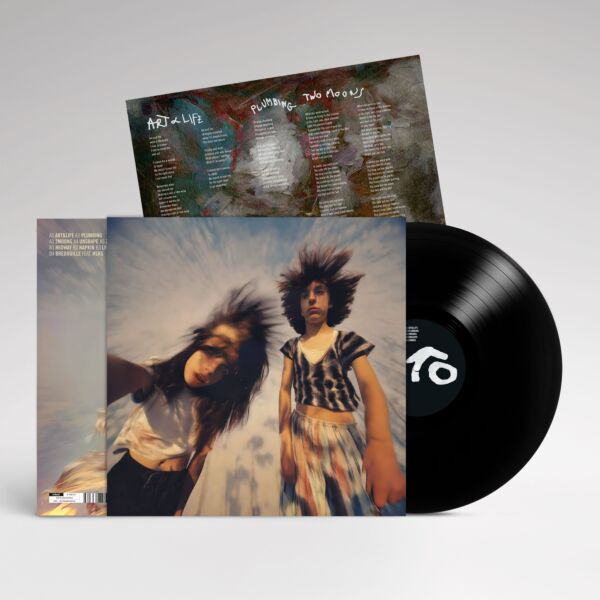
ENO PIANO
'Eno Piano,' is a stunning reinterpretation by American pianist Bruce Brubaker of selected tracks from Brian Eno™s ambient masterpieces , including iconic Music for Airports as well as three original compositions venturing into his collaborations with Harold Budd, Hans-Joachim Roedelius, Dieter Moebius or Jon Hopkins.
| Genre | Ambient |
|---|---|
| Format | VINYL |
| Cat. no | IF1088LP |
| Label | INFINE |
| Artist | BRUCE BRUBAKER |
| Release Date | 10/11/2023 |
| Carrier | LP |
| Barcode | 3516628433214 |
Out of stock
TRACKLIST A SIDE (23 minutes) A1_Music for Airports, 1/1 - 17:12 A2_By This River - 03:31 A3_The Chill Air - 01:55 B SIDE (21.30 minutes) B1_Music for Airports, 2/1 - 08:32 B2_Music for Airports, 2/2 - 06:07 B3_Emerald and Stone - 02:30 INFO As Brian Eno famously said, "The studio is a musical instrument," Bruce Brubaker now says, "A musical instrument can be a studio." 'Eno Piano,' is a stunning reinterpretation by American pianist Bruce Brubaker of selected tracks from Brian Eno™s ambient masterpieces, including iconic Music for Airports as well as three original compositions venturing into his collaborations with Harold Budd, Hans-Joachim Roedelius, Dieter Moebius or Jon Hopkins. In his explorations of minimalism, Bruce Brubaker makes connections to music old and new. In his album Codex, there was a dialogue between open-form music by Terry Riley and very early keyboard pieces written down by anonymous scribes in the 15th century, while Brubaker's performances of music by Philip Glass enabled the releases of the critically acclaim Glass Piano and his collaboration on Glassform with Max Cooper. Brian Eno's music is equally a significant part of the repetition-based musical minimalism in the 20th century. Eno Piano acknowledges a deep artistic bond. In 'Eno Piano', the piano, one of the first "synthesizers," becomes a new kind of fantastic resonating box ž a supernatural synthesizer. The album is a compelling discovery, a rereading, reinterpretation, "re-production" of Brian Eno's music, from the hands of a visionary virtuoso. Sonically, the record is a combination of Bruce's piano playing, and piano sounds made using new electromagnetic "bows" that vibrate strings inside the piano creating drone notes. The album represents a leap, into a new genre of post-ambient, post-piano piano music. Here, sound technology heightens artistic sensitivity, and the listener's presence in the moment. An instrument is reimagined, refashioned. The usual boundaries of time and sound loosen allowing the formation of a new 21st-century beauty.




